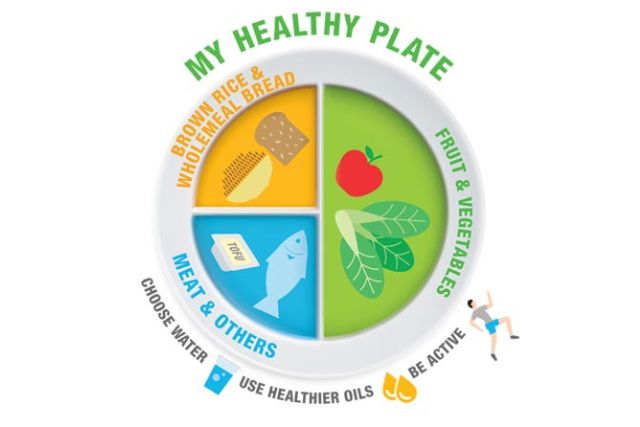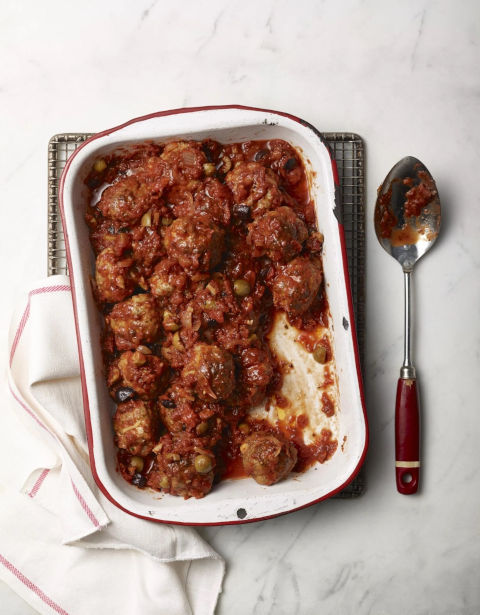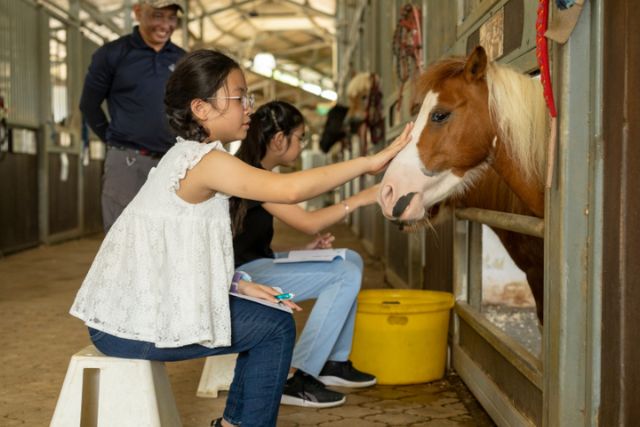Protein has always been considered an important nutrient in the human diet, and even more so for growing children. We discuss why that is, and the best sources of protein for kids.
Plus, we point you towards kid-friendly protein-centric recipes that will easily go down a treat!
 Photo provided by Meat & Livestock Australia
Photo provided by Meat & Livestock Australia
As parents, we always want what is best for our kids – particularly when it comes to nutrition, diet and healthy meals. The way children eat in their early years is a key factor contributing towards their growth, and development as well as informing positive eating habits for the rest of their lives.
A good balance
One of the key things parents are constantly being advised to ensure is that their children receive a ‘balanced diet’. What this means is that their meals should consist of a variety of foods to hit all of their nutritional needs and should consist of both macronutrients (carbohydrate, protein, and fat) and micronutrients (vitamins and minerals).
 Image credit: HealthHub
Image credit: HealthHub
The Health Promotion Board (HPB) recommends using My Healthy Plate as a guide when planning children’s meals and in-between meals. With the firm belief that no particular food group can provide all the nutrients that a child needs, the HPB asks parents to ensure that a child consumes a variety of food from the four food groups. These include whole grains, protein from animals and other sources, as well as fruits and vegetables.
The Power Of Protein
Getting enough protein into our kids is always a top concern for parents.
Protein plays a critical role in a range of bodily functions. Made up of chemical “building blocks” known as amino acids, they help the body repair tissues in muscles, skin, organs, hair and nails, as well as produce hormones and enzymes. The human body can only naturally produce 11 of the 20 amino acids that make up protein, which is why it is critical to replenish the other nine with food intake.
A lack of protein intake in children can result in fatigue, sluggishness, poor concentration, delayed growth, decreased immune response and slow wound healing. In order to avoid this, follow the Health Promotion Board’s guide of serving your child 2-3 servings per day of protein from meat, dairy and other sources.
 Photo provided by Meat & Livestock Australia
Photo provided by Meat & Livestock Australia
Animal vs Plant Protein
Dairy products, seafood, meat, eggs as well as beans, legumes and soy, are all sources of protein which can be incorporated into our diets.
Not all forms of protein, however, are made equal.
In fact, animal proteins (red and white meat, eggs, and dairy milk) are complete proteins. This means that they contain all of the essential amino acids our body needs, along with providing the highest-quality protein source according to the staff at Cedars Sinai hospital.
Protein from plant sources such as beans, legumes, nuts, seeds, quinoa and leafy greens are lower in calories and high in certain nutrients, but they are missing some crucial amino acids needed for growth and development. Hence, it is imperative for kids on vegan and vegetarian diets to eat a wide variety of protein-rich foods in adequate quantities – a challenge with picky eaters and fussy kids, and a major stressor for parents.
Best Sources Of Protein
Truth be told, good quality red meat such as Australian beef and lamb is a great, natural source of quality protein; as well as micronutrients such as B12, zinc and iron, all of which are easily absorbed by the body. Iron is particularly important during early childhood and zinc helps maintain a healthy immune system to help fight infections. Protein is important for muscle health, which is key in the early years.
It is the natural advantage of Australia that yields delicious high-quality meat. They are a trusted source of meat from animals that are ethically treated and naturally raised, with impeccable quality standards.
Another reason to opt for quality red meat as a preferred protein source is that three or four healthy and balanced meals each week featuring beef or lamb are an easy way to ensure children are meeting their protein needs simply because of its high-quality nutritional value.
This is particularly great for making every bite count for small appetites.
Other great protein sources to include in our diets include seafood, white meat poultry, dairy and eggs.
To help get you inspired, here is a whole list of protein-rich recipes that you could work into a balanced meal for the whole family. These are all big on flavour, packed with nutrients and will please even the pickiest of eaters.
This post is contributed by Meat & Livestock Australia.
* * * * *
Like what you see here? Get parenting tips and stories straight to your inbox! Join our mailing list here.
Want to be heard 👂 and seen 👀 by over 100,000 parents in Singapore? We can help! Leave your contact here and we’ll be in touch.












































